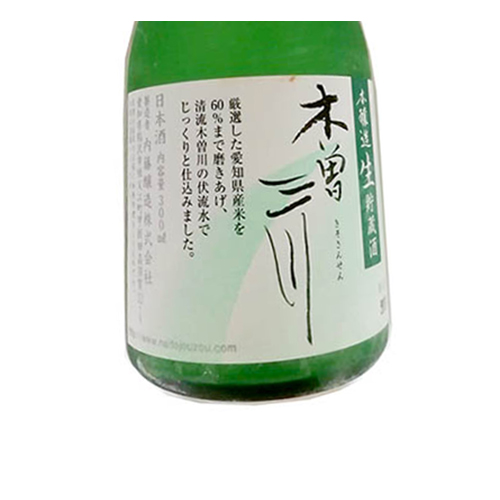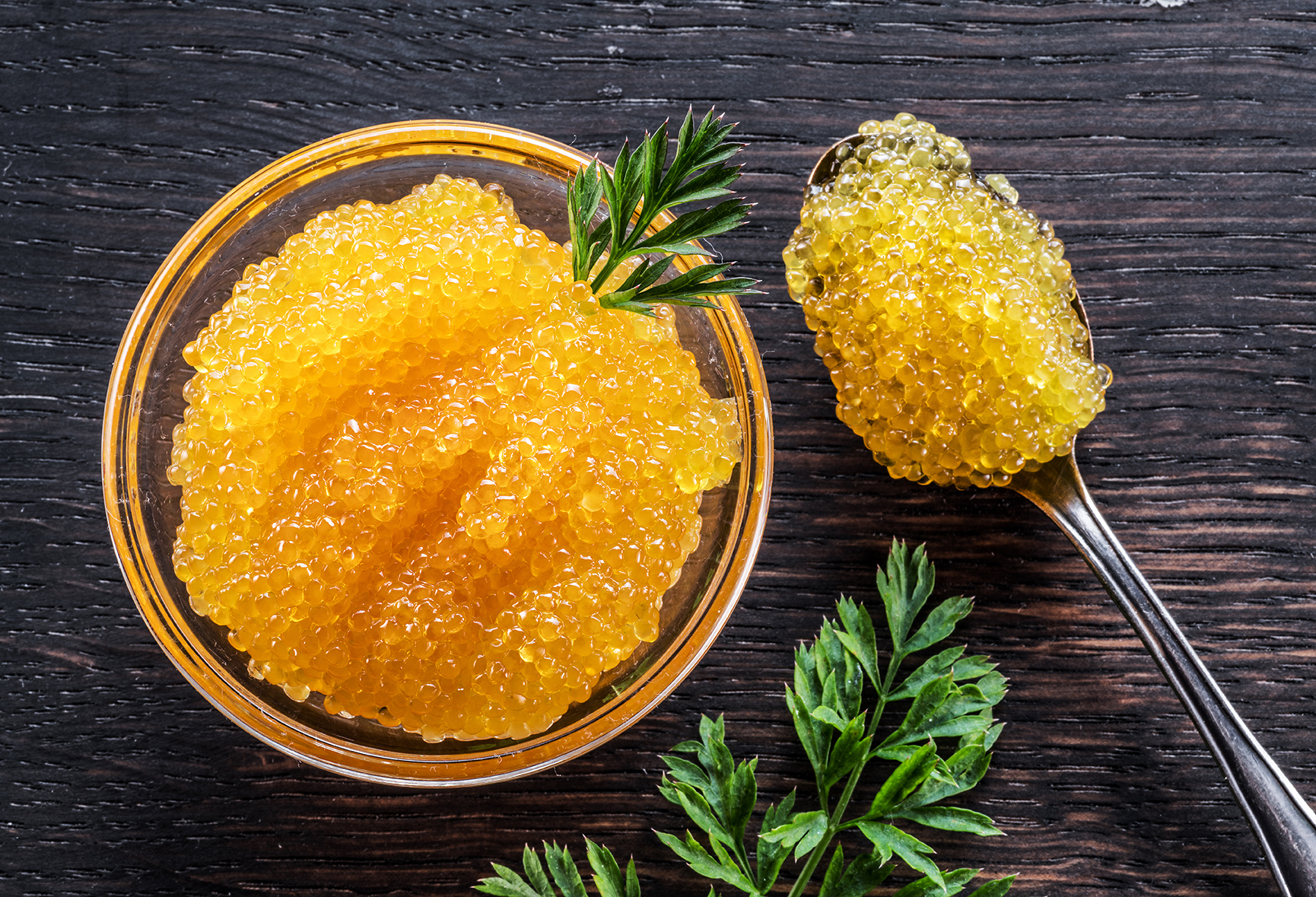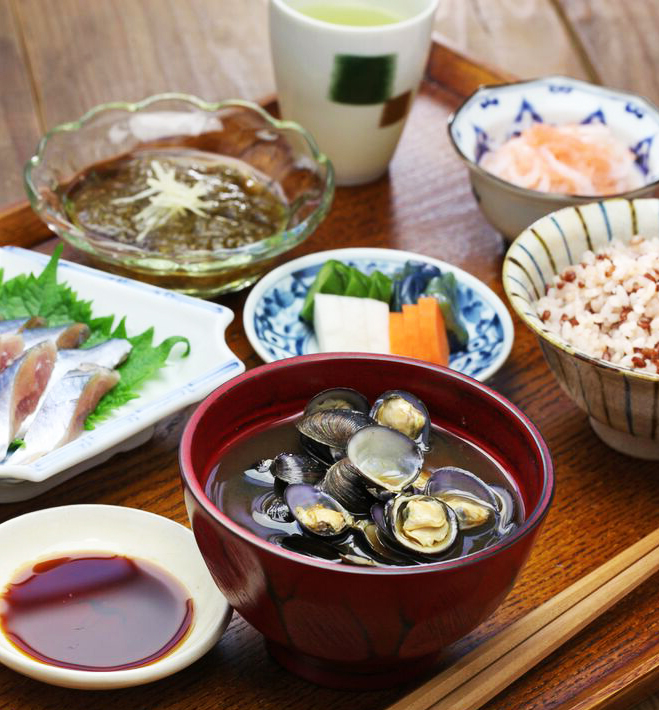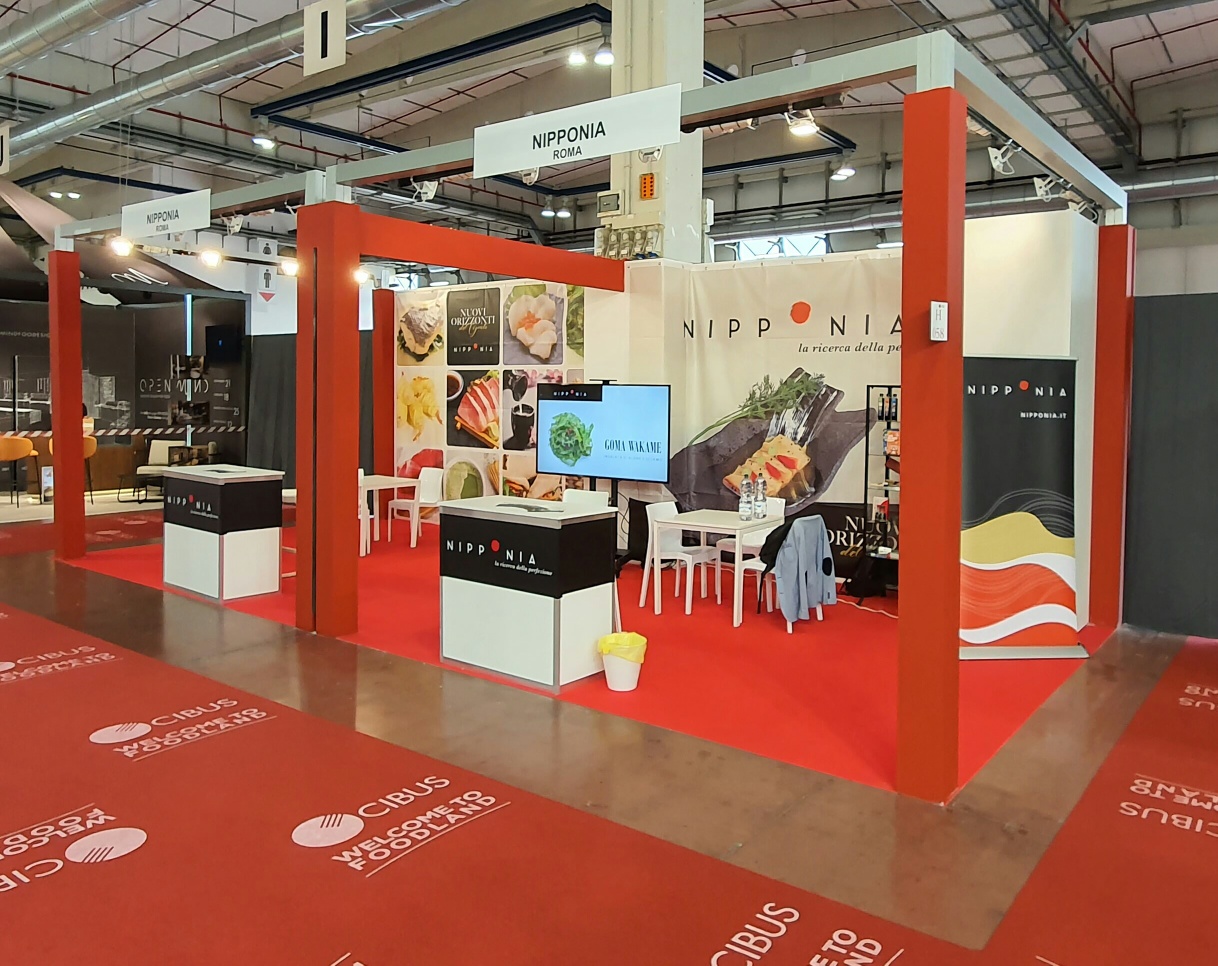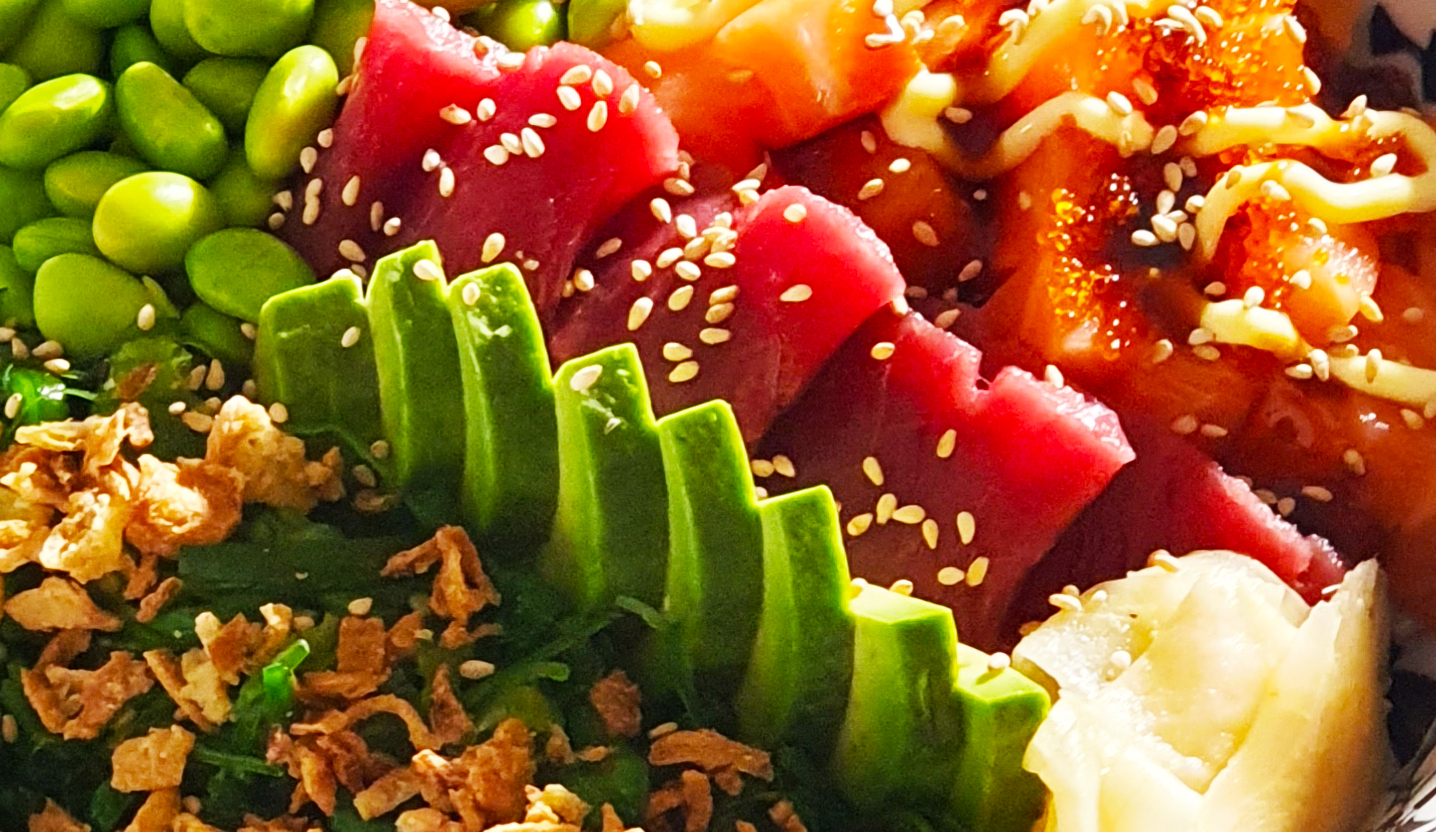Getting to know Japanese sake
Japanese sake is a drink very similar to wine that can range from 13 to 18 degrees alcohol, and is made by fermenting particular types of rice.
Its quality, flavor and purity come from the ingredients used: rice, spring water, yeast (Koji).
The working process is determined by:
- Degree of smoothing of the rice grain, (30% to 70%)
- temperature (it is produced only in winter)
- fermentation times
The process has fully retained the artisanal character of several centuries ago, and involves the steps of washing and smoothing the rice, steaming, adding rice ferments, koji, and fermenting in large wooden barrels, filtering, aging in cedar barrels, and in some cases aging and bottling.
Saké is consumed hot to a maximum of 50°c, or cold, at about 6°/10°c. But only those of higher quality can be served cold.
There are as many varieties and qualities of sake as there are wines in Italy and France. The most popular sakes in our country are pasteurized ones, but in Japan many prefer“Nama” sakes, raw, unpasteurized, refrigerated for a few months, in which enthusiasts like to trace the residual singults of fermentation. Every Japanese food has its pairing, and we might even dare to say that every food has its ideal sake. After enjoying a Parmigiano Reggiano Vacche Rosse with a fresh junmai-shu we could learn to taste sake, enter its world still unknown to us, avoiding in the first place the presumption, almost inevitable for us, of being the repositories of the nectar of the gods, Wine.
Olfactory and gustatory parameters must be reset and radically reconverted, perhaps even more so than for tasting oriental foods. In sake one can trace echoes of fruit and flower flavors, perhaps less familiar to us than the currant or gentian that some experts manage to unearth in the bouquets of some wines, but equally intriguing.
Throughout Europe, sake is becoming increasingly popular, and “Sakeries” are beginning to serve the varieties most sought after. The trendiest cocktails have sake as their pivot ingredient, surprisingly capable of blending with fruit juices and other liquors, and keeping the final alcohol content moderate.
A now-classic pairing is between sake and Yuzu juice, the aromatic Japanese citrus fruit, to be served blended and very cold.
How to recognize sake
Sake is divided into four main categories:
- Daiginjo
- Ginjo
- Junmai
- Honjozo.
Daiginjo
Appreciated as the pinnacle of Japanese Sake, Daiginjo has a very light, fragrant, fruity and subtle taste. It is made from 50-65% polished rice, and the various production processes are treated with greater care and attention.
Serve cold or at room temperature.
Ginjo
Ginjo is Sake fermented with rice polished away by 40-50%. Like Daiginjo, the flavor of Ginjo is light, fragrant and also complex.
It is served cold or at room temperature.
Junmai
Made only from rice, filtered water, and Koji (a yeast derived from a mushroom), Junmai Sake is generally full-bodied and slightly sour. It goes well with a wide variety of food.
Serve at room temperature or warm.
Honjozo
Honjozo is made from rice, filtered water, Koji. The rice grain is polished more than 30%. A small amount of alcohol is added in the final fermentation process. Dry and smooth, usually lighter and more fragrant than Junmai Sake.
Serve warm or at room temperature.
In addition, there are other varieties
- Nigori
- Nama
- Umeshu
Nigori
Nigori Sake is unfiltered, subtly sweet, and its texture has a cloudy white appearance.
Nama
is a Sake, unpasteurized, tastes fresher and lighter, and is kept exclusively refrigerated.
Umeshu
Umeshu is a sweet plum wine. It should be served as an aperitif or dessert wine, sometimes with a marinated Japanese plum in the same glass.
Shochu
Shochu this not is a sake but a traditional Japanese spirit made by distilling rice, potato or sweet potato, sesame, buckwheat orbarley. It has a significantly higher alcohol content than sake, ranging from 25° to 45° proof. In recent years has become increasingly popular in Japan and is consumed with ice cubes and diluted in water.
Sake is often presented with scorecards, perception charts, and parameter scales to define its flavor. These parameters are the Sakimetric value (nihonshu Do) and the acidity parameter. In this way one can have an accurate assessment of Sake before purchase.
Sakimetric scale
A scale, Sake-meter, has been created that assigns a value based on two graduated scales ranging from dry to sweet and based on acidity values from mild to intense.
